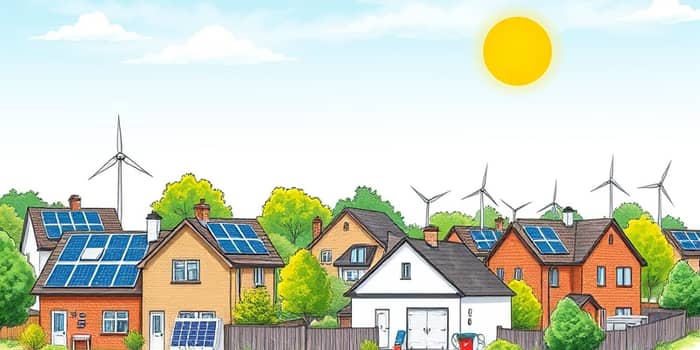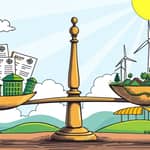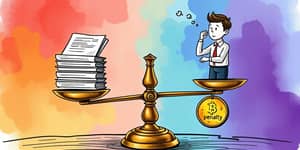
Today’s energy landscape demands innovative solutions that combine financial savvy with environmental stewardship. Renewable energy loans offer property owners a practical pathway to modernize their homes and businesses while reducing long-term utility expenses and preserving the planet for future generations.
Renewable energy loans are specialized financial products designed to fund upgrades that harness clean technologies. These loans typically feature subsidized or reduced interest rates to lower the barrier to entry for high-efficiency systems and sustainable installations.
In the United States, Energy Efficient Mortgages can be VA-backed, FHA, or conventional, covering solar panels, insulation, HVAC enhancements, storm windows, and heat pumps. The USDA Rural Energy for America Program (REAP) offers loan guarantees to rural small businesses and agricultural producers for solar, wind, geothermal, hydropower, and energy efficiency retrofits.
Ireland’s SBCI Home Energy Upgrade Loan Scheme is government-backed financing for energy projects, requiring 75% of funds to support efficiency upgrades. This scheme often pairs with grants from the Sustainable Energy Authority of Ireland (SEAI) to stretch your investment further.
Renewable energy loans can finance a broad range of improvements, from solar photovoltaic panels that generated 11% of U.S. renewable consumption in early 2024 to wind turbines and geothermal heat pumps that tap into natural forces for efficient climate control. Battery storage is now included under federal credits, enhancing resilience during power outages.
Other qualifying upgrades include high-efficiency HVAC systems, biomass stoves, improved insulation, advanced windows and doors, and smart thermostats. These enhancements deliver immediate benefits such as long-term energy bill savings and greater property comfort year-round.
Beyond the financial upside, these upgrades foster cleaner air, more comfortable and resilient living spaces, and a reduced carbon footprint that benefits local communities and the global climate.
Renewable energy loans offer compelling advantages, but it’s crucial to weigh certain factors. Federal tax credits are nonrefundable; while unused credit can be carried forward, it cannot exceed your tax liability in a single year. Initial installation costs may still be significant despite financing and incentives.
Loan availability, interest rates, and eligibility requirements vary among lenders and regions. Programs like USDA REAP are restricted to rural areas, EEMs often require primary residence status, and some schemes limit participation to specific property types. Careful research and professional guidance ensure you select the right product for your needs.
As clean technology adoption accelerates, financing models are evolving. Expanded federal credits now include standalone battery storage and diverse clean energy systems. The introduction of an annualized tax credit system for upgrades encourages phased investments over multiple years.
Green bonds, on-bill financing, and local government partnerships are creating innovative pathways to fund sustainable projects. Under the Inflation Reduction Act, $8.8 billion in new rebates support low- and moderate-income households, making energy upgrades more accessible and equitable.
Seize the opportunity to enhance your property’s performance, value, and environmental impact by taking these steps:
By acting now, you can reduce your energy costs, increase your property’s appeal, and contribute to a sustainable future. Make the choice today to finance a greener tomorrow.
References













